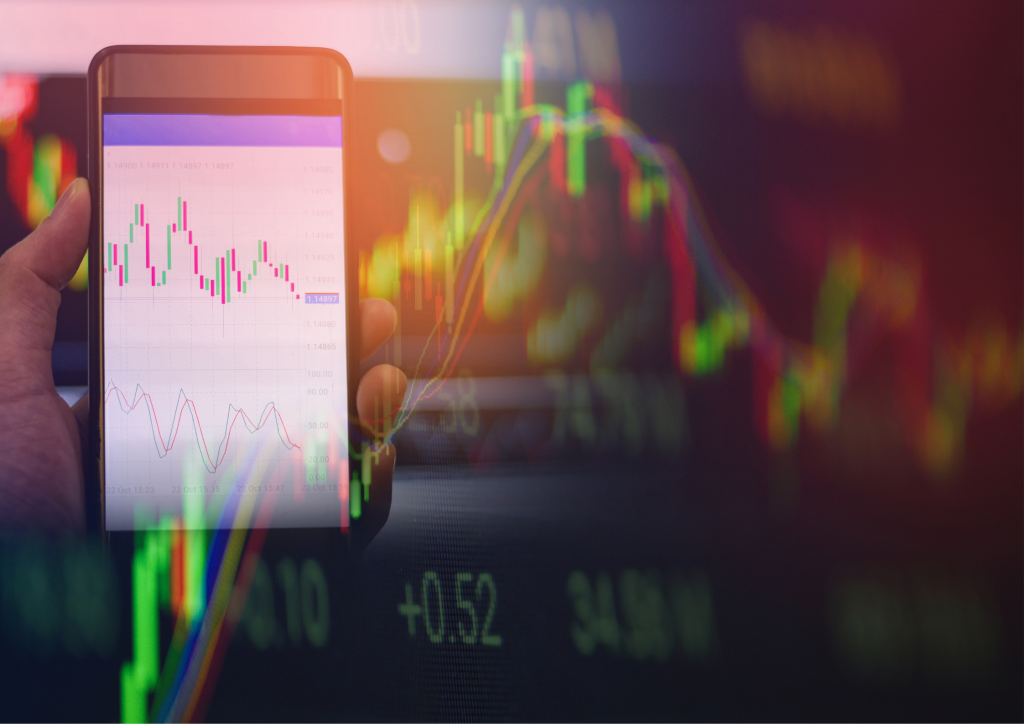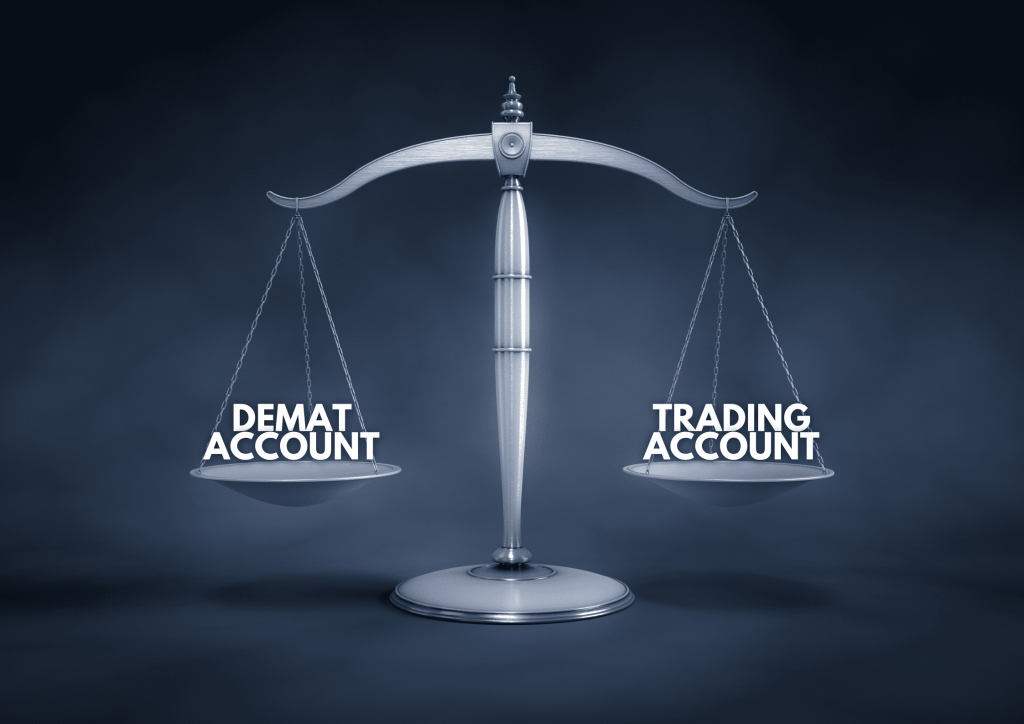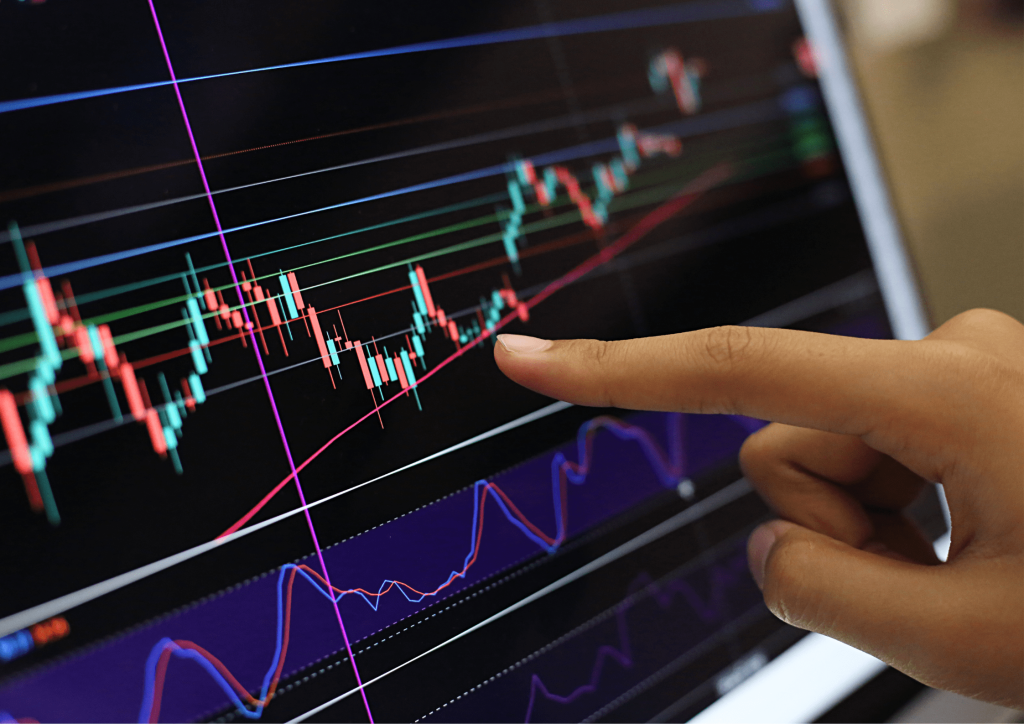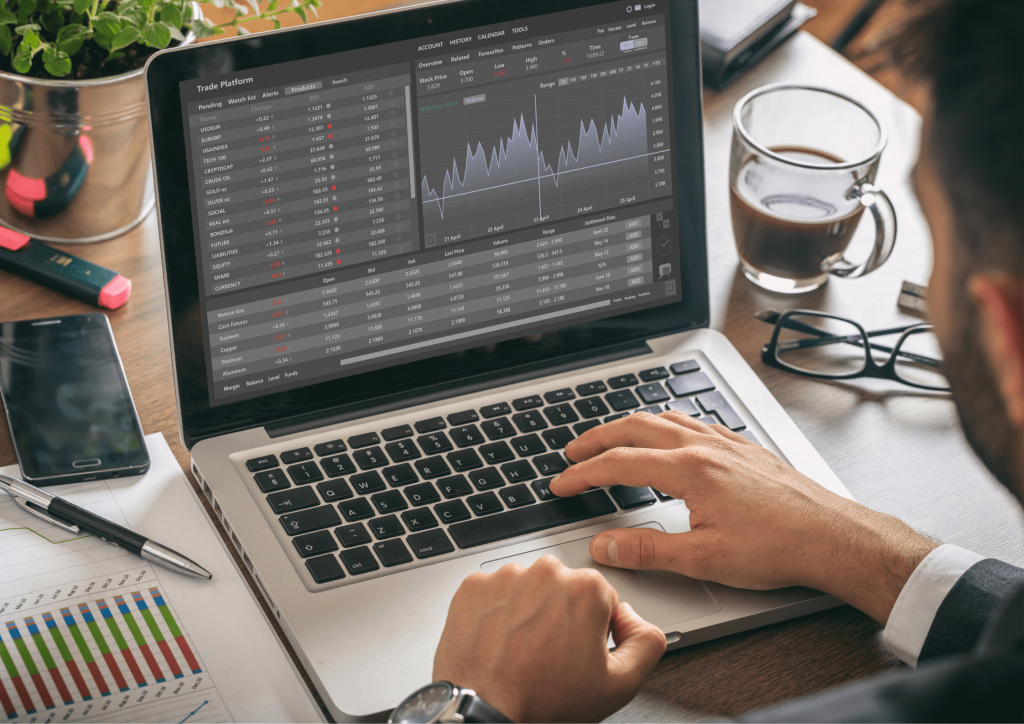With the advent of technology, online trading accounts have become increasingly popular. Traders are now able to conduct their trading activities from the comfort of their homes using high-speed trading platforms. An online trading account provides users with account details that enable them to log in and carry out transactions on a trading floor virtually.
In the Forex market, trading accounts have become the norm. They are akin to a bank account, serving as a platform for depositing money and transacting. However, unlike a regular bank account, a trading account has more complex features that accommodate trading activities.
Advantages of Trading Accounts

Trading accounts play a critical role in facilitating trading in the financial markets. They provide several benefits that make it easier for investors to manage their investment portfolios. Here are some of the expanded advantages:
Flexibility and Accessibility: One of the most significant benefits of trading accounts, especially online trading accounts, is the ease of access they provide. With an internet connection, traders can buy and sell securities from virtually anywhere in the world. This feature offers immense flexibility as it allows investors to react swiftly to market changes.
Portfolio Management: Trading accounts enable effective portfolio management. Investors can keep track of their investments, monitor the performance of different securities, and make necessary adjustments to meet their financial goals.
Margin Trading: As mentioned earlier, trading accounts offer the option of margin trading. This facility allows traders to borrow funds from their brokerage firm to purchase securities, potentially leading to higher profits. Traders can leverage their existing securities as collateral to borrow the funds.
Wide Range of Investment Options: Trading accounts provide access to a wide array of investment options. These can include stocks, bonds, futures, options, and in some cases, commodities and Forex. This diversity allows investors to spread their risk across different asset classes.
Research and Analysis Tools: Many brokerage firms provide research reports, analytical tools, real-time quotes, and news updates through trading accounts. These resources are instrumental in making informed trading decisions.
Disadvantages of Trading Accounts

Despite the many benefits, trading accounts come with potential downsides that investors should be aware of. Some of these disadvantages include:
Risk of Financial Loss: The most evident risk associated with a trading account is the potential for financial loss. The value of securities can fluctuate rapidly, and there’s always a chance that the securities you own could depreciate in value, leading to losses.
Complexity: Trading accounts, especially those offering derivatives trading, can be quite complex to understand and manage. Mistakes due to a lack of understanding can lead to significant losses.
Costs and Fees: Brokerage firms usually charge fees for their services, such as trading fees or account maintenance fees. These costs can add up, especially for frequent traders, and cut into potential profits.
Risk of Margin Trading: While margin trading can amplify gains, it can also magnify losses. If the value of the securities falls significantly, investors might face a margin call, requiring them to deposit additional funds into their accounts or sell some of their securities.
Psychological Factors: The ease and convenience of trading can sometimes lead to impulsive decisions, driven by emotions like fear and greed rather than careful analysis. Such decisions can result in considerable losses.
Other Investment Vehicles

Trading accounts are just one of many investment vehicles available to investors. Depending on an individual’s financial goals, risk tolerance, and investment horizon, other investment vehicles might be more suitable. Here are a few alternatives:
Investment Accounts: Investment accounts are more suited for long-term investments. They typically hold mutual funds, bonds, or stocks that an investor intends to hold for an extended period. Unlike trading accounts, which are meant for the frequent buying and selling of securities, investment accounts focus on long-term growth and may offer tax advantages for certain types of investments.
Retirement Accounts: Retirement accounts like Individual Retirement Accounts (IRAs) or 401(k)s in the U.S. are designed specifically for long-term retirement savings. They often come with tax advantages but also have restrictions on when funds can be withdrawn.
Education Savings Accounts: These accounts, like the 529 Plan in the U.S., are meant for saving for education costs. They also offer tax benefits and can be an excellent way for parents to save for their children’s future education expenses.
Real Estate: Real estate can be a profitable investment vehicle. Whether it’s buying a property for rental income or investing in real estate investment trusts (REITs), real estate can provide steady income and potential appreciation.
Cryptocurrencies: Digital currencies like Bitcoin and Ethereum have emerged as a new asset class. While they offer high return potential, they are also highly volatile and may not be suitable for all investors.
How to Open a Trading Account

Opening a trading account is a straightforward process. Firstly, you need to select a reputable brokerage firm. Once you’ve made your choice, you’ll need to complete an account opening form. The details required typically include your personal information, financial situation, and investment experience.
After filling out the form, the brokerage firm will verify your details and set up your trading account. Some firms may also require you to deposit a minimum amount into the account before you can start trading.
Demat Account vs Trading Account

Understanding the distinction between a Demat account and a trading account is vital for anyone venturing into the trading world. Here’s a more detailed comparison:
Demat Account: A Demat account, or a dematerialized account, essentially functions as a virtual storage for securities. Its role is similar to a bank’s, but instead of money, it holds shares, bonds, mutual funds, and other securities in electronic form. When you purchase a security, it gets credited into your Demat account, ensuring its safekeeping. It’s worth noting that a Demat account cannot, by itself, facilitate the buying and selling of securities.
Trading Account: A trading account, on the other hand, is used to place buy or sell orders in the stock market. The purchased securities are then stored in the Demat account. Similarly, securities sold are debited from the Demat account. In other words, a trading account acts as a bridge between your Demat account and your bank account.
Overall, both trading and Demat accounts are necessary for conducting trades in the stock market. The trading account facilitates transactions, while the Demat account holds the purchased securities.
Pattern Day Traders

Pattern day traders are a unique category of traders who execute at least four-day trades (buying and selling a security within a single trading day) over five business days. These trades account for more than 6% of their total trading activity in the same period.
Advantages: Pattern Day trading can be attractive due to the potential for quick profits. Given the fast-paced nature of day trading, traders have the chance to take advantage of small price fluctuations throughout the day. This style of trading also allows traders to avoid the risk of overnight market movements since positions are typically closed out by the end of the trading day.
Disadvantages: On the downside, pattern day trading requires a significant time investment as traders need to monitor the markets and their trades continuously. The strategy also demands a thorough understanding of market patterns and a disciplined approach to mitigate risk.
Furthermore, pattern day traders must adhere to specific regulations, such as maintaining a minimum equity of $25,000 in their accounts as per the Financial Industry Regulatory Authority (FINRA) in the U.S. Failing to meet these requirements can lead to trading restrictions.
High-Speed Trading Platforms

High-speed trading platforms have revolutionized how traders interact with the financial markets. They provide a host of advantages:
Speed and Efficiency: These platforms facilitate quick order execution, which is crucial for day trading and high-frequency trading where success often depends on speed.
Access to Real-time Data: High-speed trading platforms offer real-time market data, charts, and other analytical tools. This access enables traders to make informed decisions based on current market conditions.
Customization and Control: Many platforms offer customizable interfaces and advanced features like automated trading strategies, allowing traders to tailor their trading environment according to their needs.
However, high-speed trading platforms also have potential downsides:
Technical Glitches: As with any technology, high-speed trading platforms are prone to technical issues that could disrupt trading activities. Traders may face problems ranging from slow platform responses to complete system failures.
Impulsive Trading: The ease and speed of trading can sometimes lead to impulsive decisions, where trades are executed without proper analysis. This risk is particularly high in volatile market conditions.
Costs: Some high-speed trading platforms may come with higher costs in terms of brokerage fees or subscription charges for premium features.
High-speed trading platforms offer significant advantages, but it’s important for traders to understand their potential pitfalls. To navigate these platforms successfully, traders should have a well-thought-out trading plan, an understanding of the platform’s functionalities, and a disciplined approach to trading.
Conclusion
In the end, it’s important to understand that a trading account is just a tool. Its effectiveness depends on the user’s understanding of the market, trading strategies, and risk management. Whether you’re trading on the stock exchange or the Forex market, the complexities of margin investing, and the implications of being a pattern day trader, a clear understanding of your trading account can help in maximizing gains and minimizing losses.
Opening a trading account is your first step into the world of trading. From filling out the account opening form to making the first trade, the journey can be both exciting and overwhelming. However, by understanding the advantages and disadvantages of trading accounts, you can make better trading decisions.
Furthermore, always remember that the stock market is not a guaranteed way to generate profits. It requires analysis, strategy, and sometimes a bit of luck. Therefore, always consider your financial situation and investment goals before diving into trading. Whether you decide to engage in high-frequency trades on a high-speed trading platform or opt for long-term investment vehicles, thorough research, and planning are crucial for success.
Lastly, while your trading account details, sales proceeds, and gross profits provide a glimpse into your financial performance, they do not define your trading skills. Always aim for continuous learning and improvement. Remember, successful trading is a journey, not a destination.
Also Read: How Does Managed Forex Accounts Work?
FAQs
How do I open a trading account?
Opening a trading account is a straightforward process. You’ll need to choose a reputable brokerage firm and fill out an account opening form, which typically includes providing your personal details, employment information, and identification documents for verification. You’ll also need to set up a linked bank account for funds transfer. After your application is processed and approved, you can begin trading.
Is a trading account the same as an investment account?
While both trading and investment accounts are used to buy and sell securities, they serve different purposes. A trading account is generally used for the frequent buying and selling of securities with a focus on short-term gains. In contrast, an investment account is designed for long-term investments with an emphasis on growing wealth over time.
Can I lose more money than I deposit in a trading account, particularly when using a margin account?
Yes, you can. If you’re using a margin account, you’re borrowing money from your broker to buy securities. If the securities’ value decreases significantly, you may face a margin call, which requires you to deposit additional funds to your account. If you can’t meet the margin call, your broker can sell your securities without your consent. If the proceeds from selling your securities are not enough to cover your margin debt, you will be responsible for any remaining balance. So, it’s possible to lose more money than you initially deposited into your margin account.



